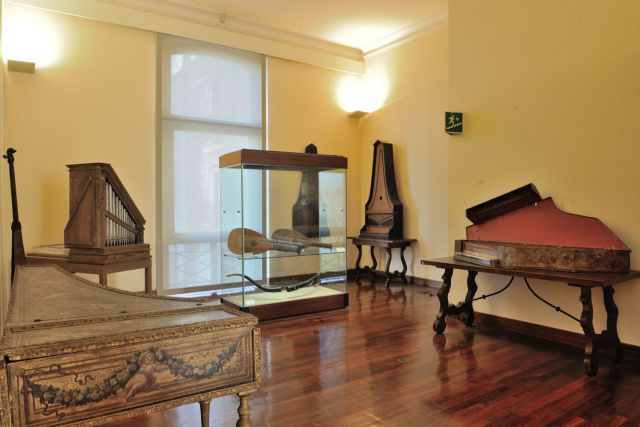
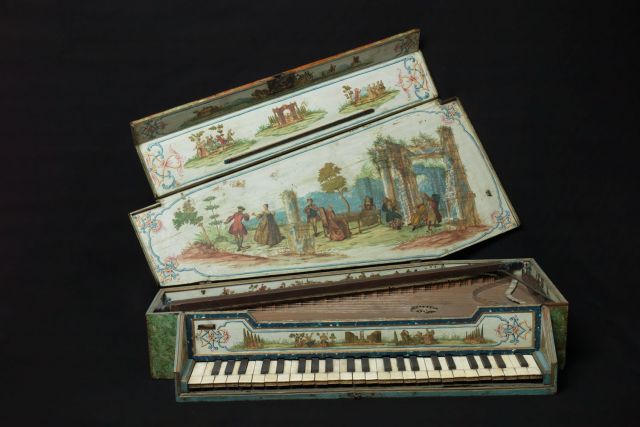
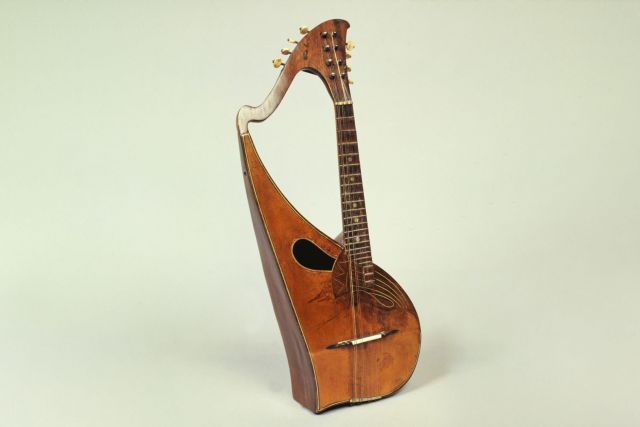
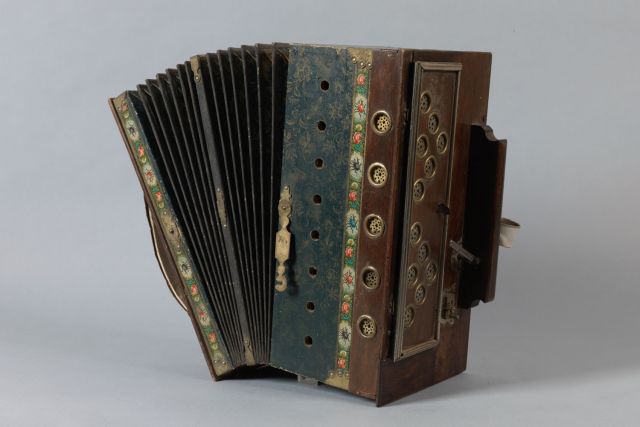
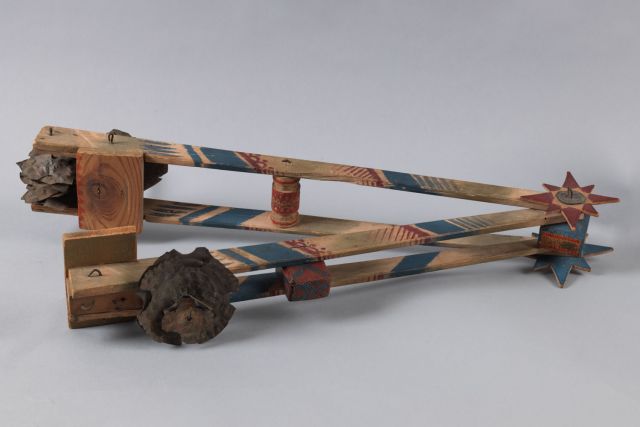
Museo Nazionale degli Strumenti Musicali
- Rome, Italy
- Museum
- Recommended by Simonetta Gianfelici
Tuesday to Sunday 09:00 - 19:00
+39 067014796
The National Museum of Musical Instruments is housed in Palazzina Samoggia. The building is part of the Prince of Piedmont barracks, situated next to an area of extraordinary archaeological importance. At this location once stood an imperial villa, whose construction started at the beginning of the third century AD under Emperor Septimius Severus.
The museum includes about 3,000 pieces from various periods and of different origins, mostly belonging to the vast and heterogeneous collection of Evangelista Gorga, a successful tenor who was chosen by Giacomo Puccini for the role of Rodolfo in the first performance of La Bohème. He retired from the stage in 1899, after a career of only four years, to devote himself exclusively to collecting.
In 1949 the instruments were purchased by the State and gathered together in Palazzina Samoggia in 1964, where the museum was inaugurated ten years later with an exhibition curated by Luisa Cervelli. The collection, covering a time span of over 2000 years, expanded with the acquisition of other rare exhibits. These include the piano built in 1722 by Bartolomeo Cristofori, the inventor of the very same instrument, and the 17th-century Barberini Harp, given by Barberini family to the singer Marco Marazzoli.









